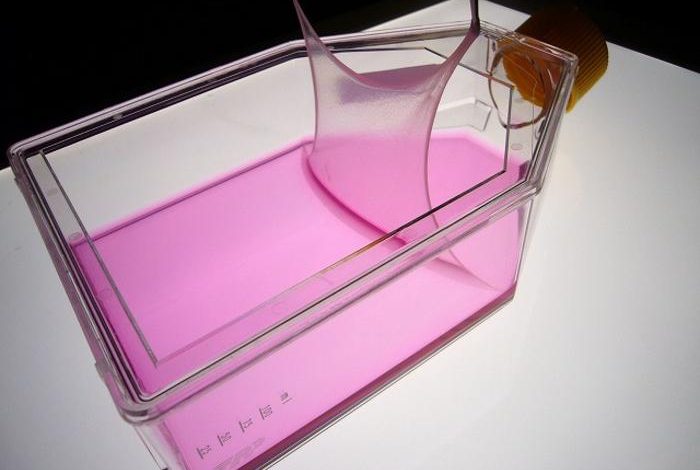Treating rare skin diseases with transplants

Epidermolytic ichthyosis (EI) and ichthyosis with confetti (IWC) are skin conditions that researchers at Nagoya University have treated by transplanting genetically healthy skin to inflamed areas. Although severe burn injuries have traditionally been treated by transplanting healthy skin to inflamed areas, this novel approach may lead to the development of an efficient treatment plan for difficult skin conditions.
Rare genetic skin illnesses known as EI and IWC are brought on by mutations in either of the two genes, KRT1 or KRT10, that produce keratin in the skin. These mutations result in brittle skin that blisters and develops thick, scaly patches because keratin is essential for preserving skin integrity.
Large patches of healthy skin can be seen in the damaged areas of some patients with these disorders. Revertant somatic recombination, a process wherein spontaneous genetic alterations rectify the mutations by changing the genes that produce the skin disorder, is the origin of these patches. The impacted areas recover their previous state of health as a result.
The possibility of using revertant somatic recombination for a ground-breaking treatment occurred to the researchers. Outbreaks of the disease could be managed by creating grafts known as cultured epidermal autografts (CEAs), which contain genetic mutation corrections that give healthy skin. These naturally repaired skin cells would then be grafted to damaged areas.
The group assessed the viability of revertant epidermal keratinocytes, or CEAs produced from them, being transplanted back onto patients. The patients’ peeling lesions received transplants of CEAs. Two of the patients showed no ichthyosis recurrence in the whole treated region four weeks post-transplant, while the third patient did not exhibit recurrence in more than a third (39.52%) of the afflicted area.
Regretfully, all three patients had some ichthyosis recurrence at the transplant locations 24 weeks following the surgery. The researchers came to the conclusion that treating localized EI symptoms in certain areas that have an impact on quality of life and symptom relief during severe illness episodes are the greatest uses of this method.
However, the researchers have demonstrated a novel and promising ichthyosis treatment, representing a substantial advancement in the hunt for effective treatments for IWC and EI, by utilizing the body’s natural genetic repair processes. Their discovery offers hope to those suffering from these incurable skin conditions since it paves the way for additional research and clinical trials to improve the treatment and assist a larger number of patients. Their results have been published in the British Journal of Dermatology.

